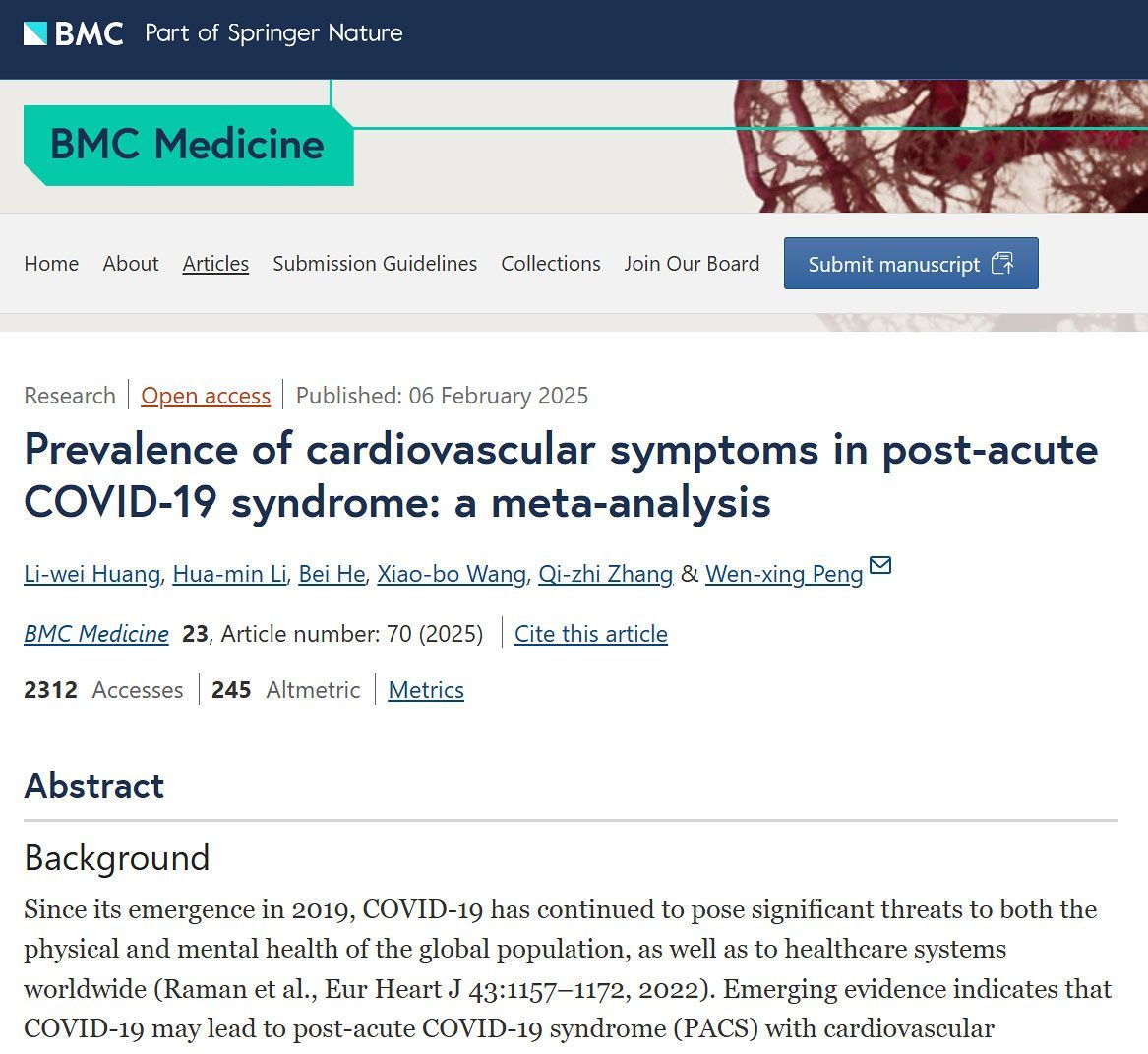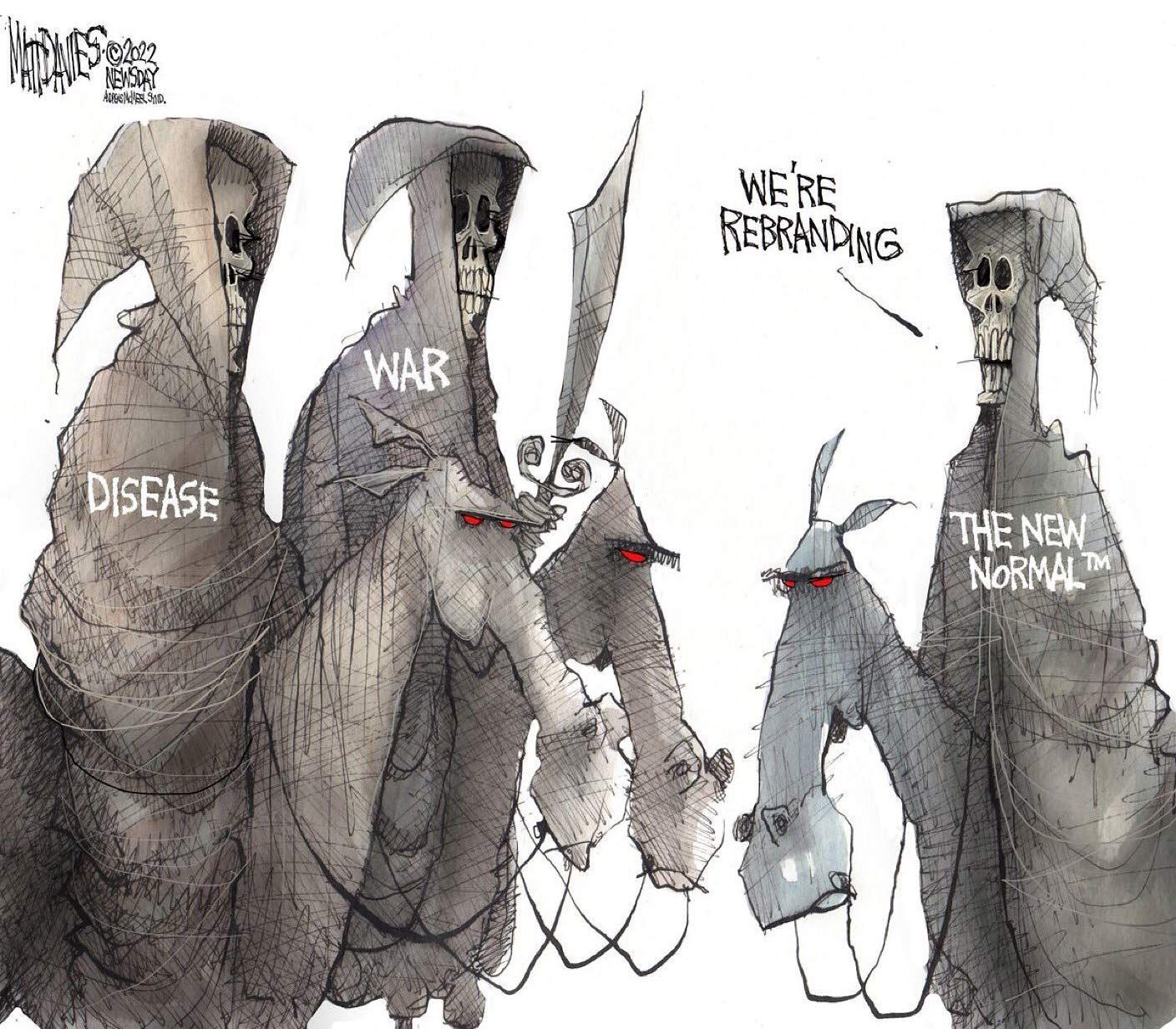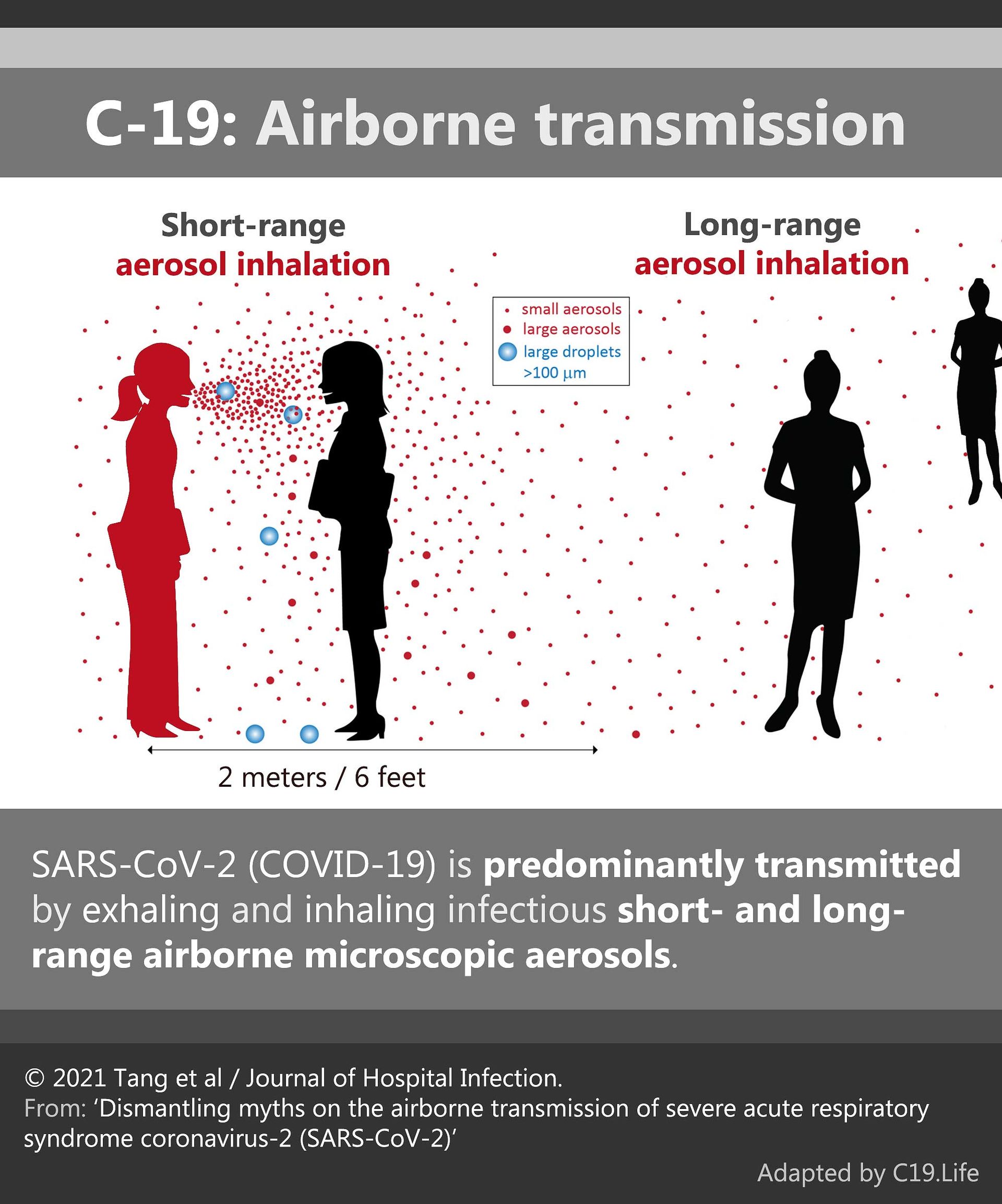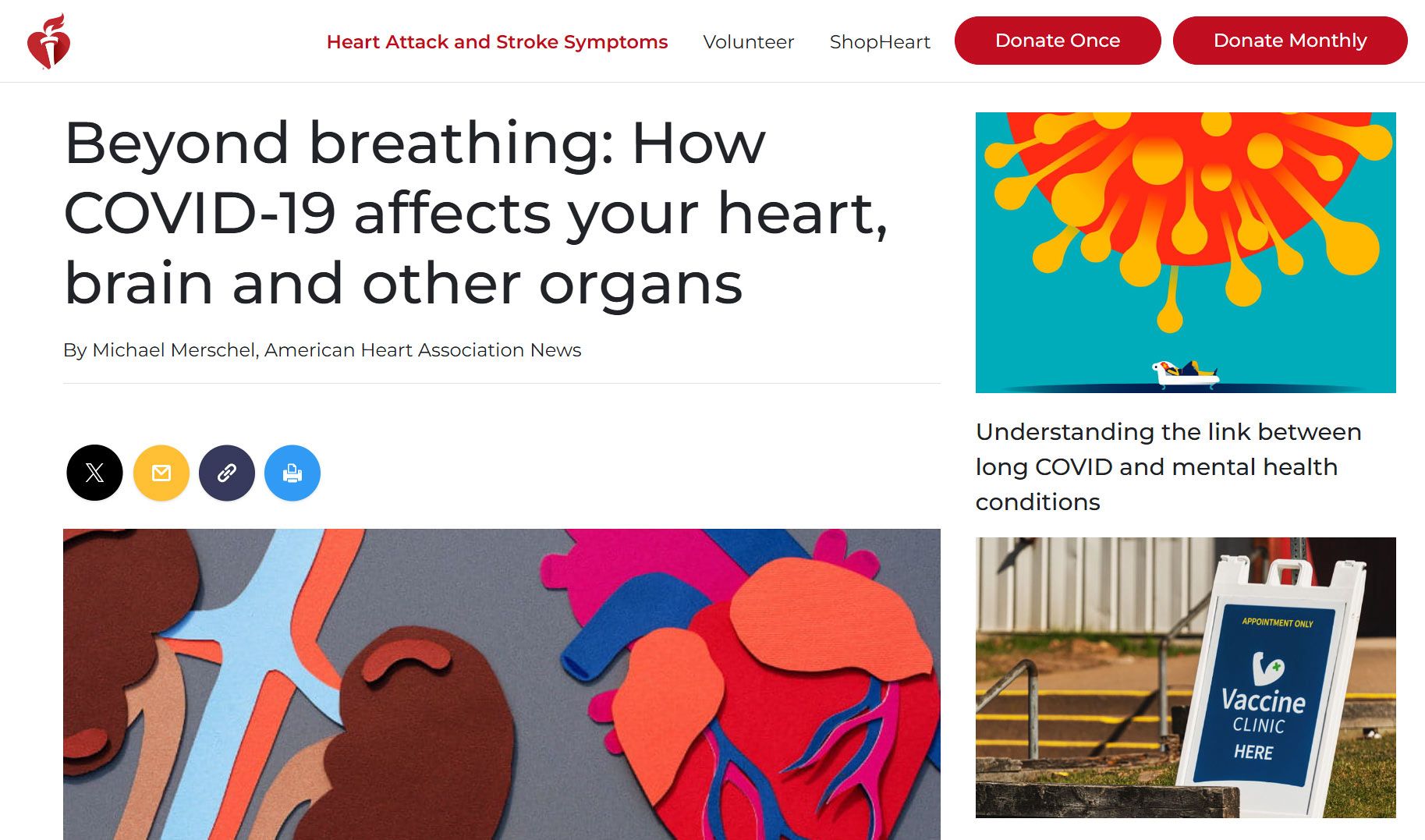➲ Home ➲ C-19 Archives
On unsavoury alphabet soups: SARS, SARS2, COVID-19, vSARS, HIV and the WHO
❦ I am realizing more and more how unusual, unscientific, unmedical, and counterproductive it is for the World Health Organization (WHO) to select the name COVID-19 and reject SARS2.
In fact it would be most consistent with medical practice to just call it SARS.
Here’s why.
In 1981, cases of immunodeficiency emerged in San Francisco; in 1982, the Centers for Disease Control and Prevention (CDC) named this disease acquired immunodeficiency syndrome (AIDS).
No agent was known at the time...
Compare: In 2002, cases of atypical non-bacterial pneumonia appeared in Guandong; in 2003 the CDC named this severe acute respiratory syndrome (SARS).
No agent was known at the time...
In 1983, the virus that causes AIDS was discovered by Françoise Barré-Sinoussi and Luc Montaignier.
It was eventually named HIV in 1986 by the International Committee on the Taxonomy of Viruses (ICTV).
Compare: In 2003, the virus that causes SARS was isolated in Hong Kong, sequenced by the CDC and a Canadian consortium.
It was named SARSCoV in 2004 by the ICTV.
➲ Taxon Details for Severe acute respiratory syndrome-related coronavirus ➤
In 1986, a milder acquired immunodeficiency syndrome was discovered in West Africa, and the virus was quickly isolated by the Montaignier group.
It had 50% sequence identity to HIV.
The virus was named HIV-2.
The disease name? Unchanged: AIDS.
Compare: In 2019, a severe acute respiratory distress syndrome was discovered in Wuhan and the virus was quickly isolated by Wuhan scientists.
It had 79% sequence identity to SARSCoV.
The virus was named SARSCoV-2 by the ICTV.
The disease name? Well, that’s when the WHO stepped in.
To review: HIV-1 and HIV-2 are 50% identical, and both cause immunodeficiency. They result in different disease severities (you’re less likely to die from HIV-2) – but the diseases they cause are (or the disease they cause is) considered the same: AIDS.
SARSCoV-1 and SARSCoV-2 are 79% identical, and both cause severe acute respiratory distress.
They result in different disease severities (you’re less likely to die from SARSCoV-2), so by analogy to HIV-1/2→AIDS, the diseases they cause should be considered the same: SARS.
However, the WHO stepped in (why does the CDC have to defer to them anyway?) and decided that the one requirement for the name was that it not mention SARS.
Thus the terrible name COVID-19 was chosen.
It stands for coronavirus disease, and thus has no useful medical information.
It is an open suspicion that this was done to deflect criticism for a slow response to what is basically a second SARS epidemic.
Because we already knew how to stop [the airborne] SARSCoV – and knew that it was bad – there was no excuse for not quickly addressing what is basically a strain of SARSCoV.
The purposeful hiding of the identity of the COVID-19 virus – that it is a strain of SARS virus – has had severe negative consequences to world health.
By not realizing that we are dealing with SARS, many political leaders have failed to address the epidemic forcefully enough.
Also, the term COVID-19 hinders clinical education and communication.
Let’s compare to AIDS again.
Calling the disease(s) caused by HIV-1 and HIV-2 as AIDS in both cases has clinical utility.
The signs and symptoms are similar enough that it helps to consider HIV-1/2 together.
Considering HIV-1/2 together also reminds us that treatments and preventive steps we learn from one can be used on the other.
Likewise, COVID-19 should have been called SARS, SARS2, or – as a compromise – variably severe acute respiratory syndrome, vSARS.
Li Wenliang, who warned about the new outbreak in Wuhan, had it exactly right:
“Seven confirmed cases of SARS were reported... The latest news is, it has been confirmed that they are coronavirus infections, but the exact virus strain is being subtyped.”
Disease names have always been guided by a desire to inform.
The WHO has taken the opposite approach, to misinform.
Not surprisingly, confusion has resulted.
With millions dying, we are now seeing the tragic consequences of WHO’s placement of politics over medicine and science.
Since some people seem to have already forgotten their history (or maybe were living under a rock when the WHO naming decision happened), here’s the quote from the WHO itself:
❂
❦ From Science, 12 Feb 2020:
“COVID-19. I’ll spell it: C-O-V-I-D hyphen one nine. COVID-19.”
‘That’s how Tedros Adhanom Ghebreyesus, head of the World Health Organization (WHO), introduced the agency’s official name for the new disease that’s paralyzing China and threatening the rest of the world.
The Coronavirus Study Group (CSG) of the International Committee on Taxonomy of Viruses, the paper noted, had decided that the virus is a variant of the coronavirus that caused an outbreak of severe acute respiratory syndrome (SARS) in 2002–03.
So, it named the new pathogen severe acute respiratory syndrome-related coronavirus 2, or SARS-CoV-2.
But that’s not a name WHO is happy with, and the agency isn’t planning on adopting it.
“From a risk communications perspective, using the name SARS can have unintended consequences in terms of creating unnecessary fear for some populations, especially in Asia which was worst affected by the SARS outbreak in 2003,” a WHO spokesperson wrote in an email to Science.
“For that reason and others, in public communications WHO will refer to ‘the virus responsible for COVID-19’ or ‘the COVID-19 virus,’ but neither of these designations is intended as replacements for the official name of the virus” that the study group has picked.
Misunderstandings about the virus and disease names began almost immediately...’
📖 (12 Feb 2020 ~ Science) Update: ‘A bit chaotic.’ Christening of new coronavirus and its disease name create confusion ➤
❂
❦ From the WHO Director-General’s mouth on 11 Feb 2020:
— “First of all, we now have a name for the disease:
COVID-19.
I’ll spell it: C-O-V-I-D hyphen one nine – COVID-19.
Under agreed guidelines between WHO, the World Organisation for Animal Health and the Food and Agriculture Organization of the United Nations, we had to find a name that did not refer to a geographical location, an animal, an individual or group of people, and which is also pronounceable and related to the disease.”
[Ed: So ‘SARS’ would’ve worked, then.]
“Having a name matters to prevent the use of other names that can be inaccurate or stigmatizing.
It also gives us a standard format to use for any future coronavirus outbreaks...”
📖 (11 Feb 2020 ~ World Health Organization)
WHO Director-General’s remarks at the media briefing on 2019-nCoV on 11 February 2020 ➤
❂
© 2023
Dr. Michael Lin, MD PhD
➲








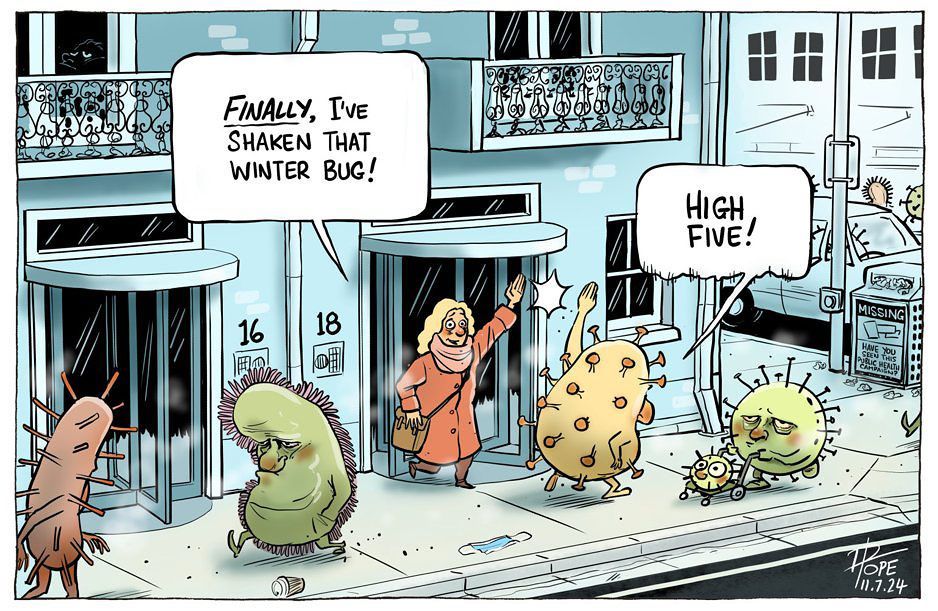
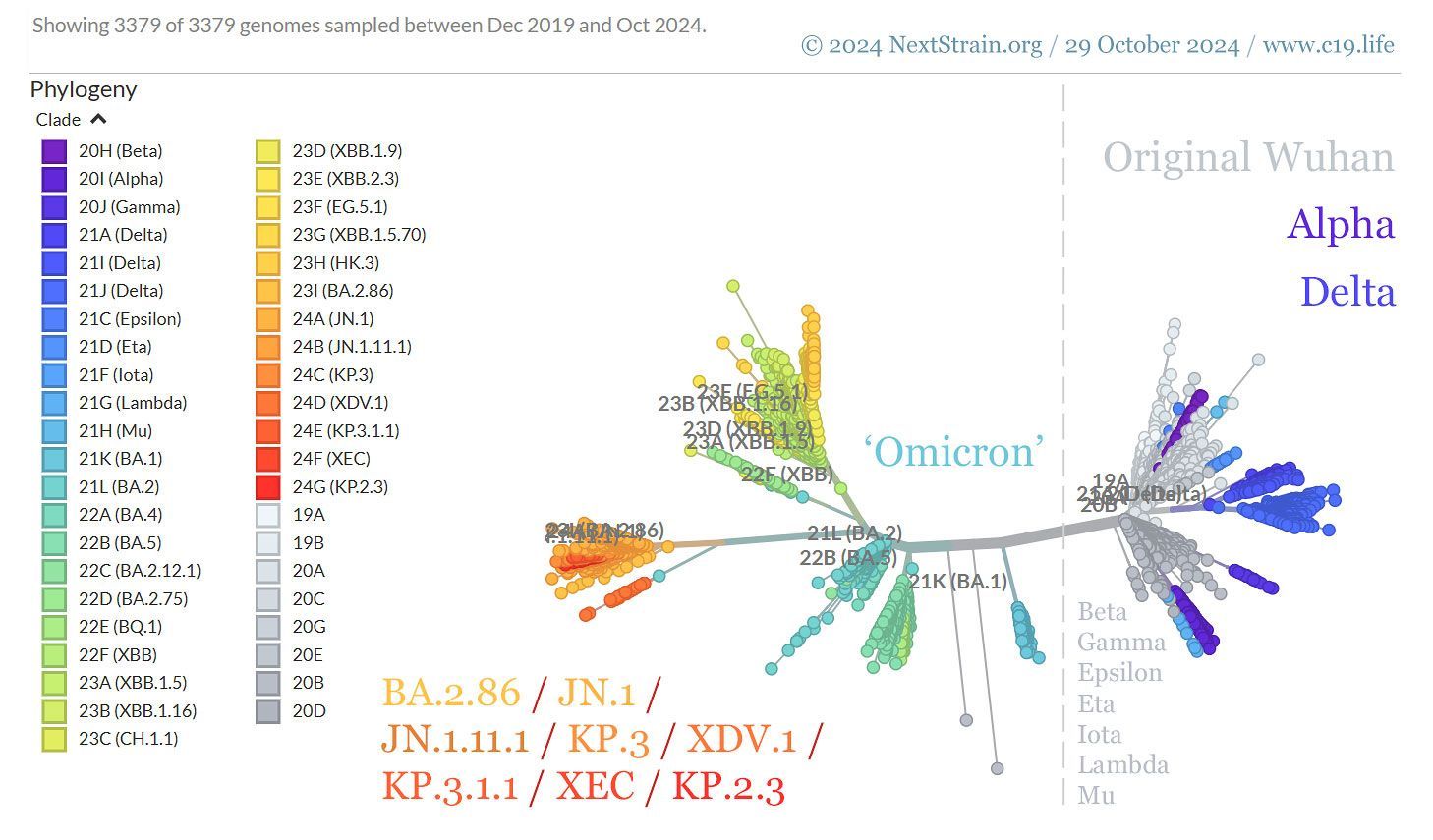
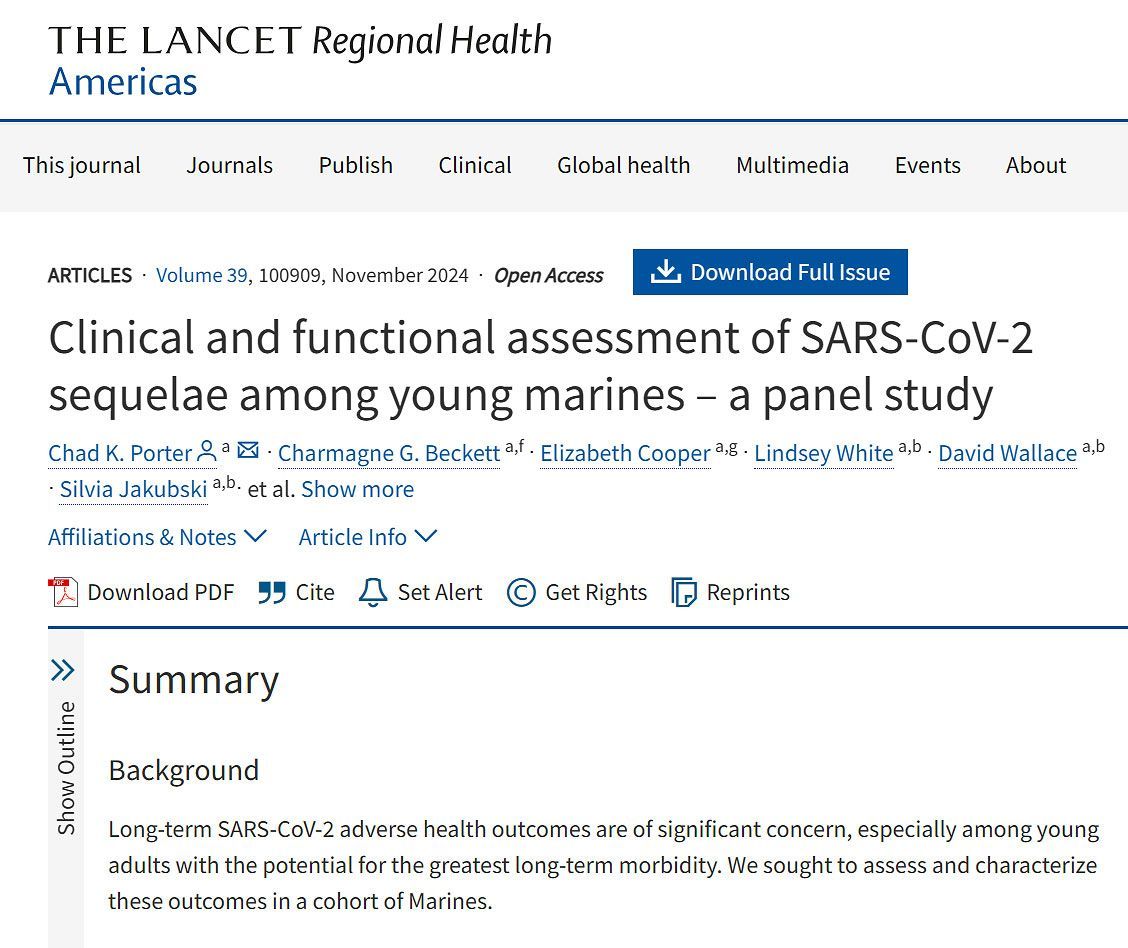

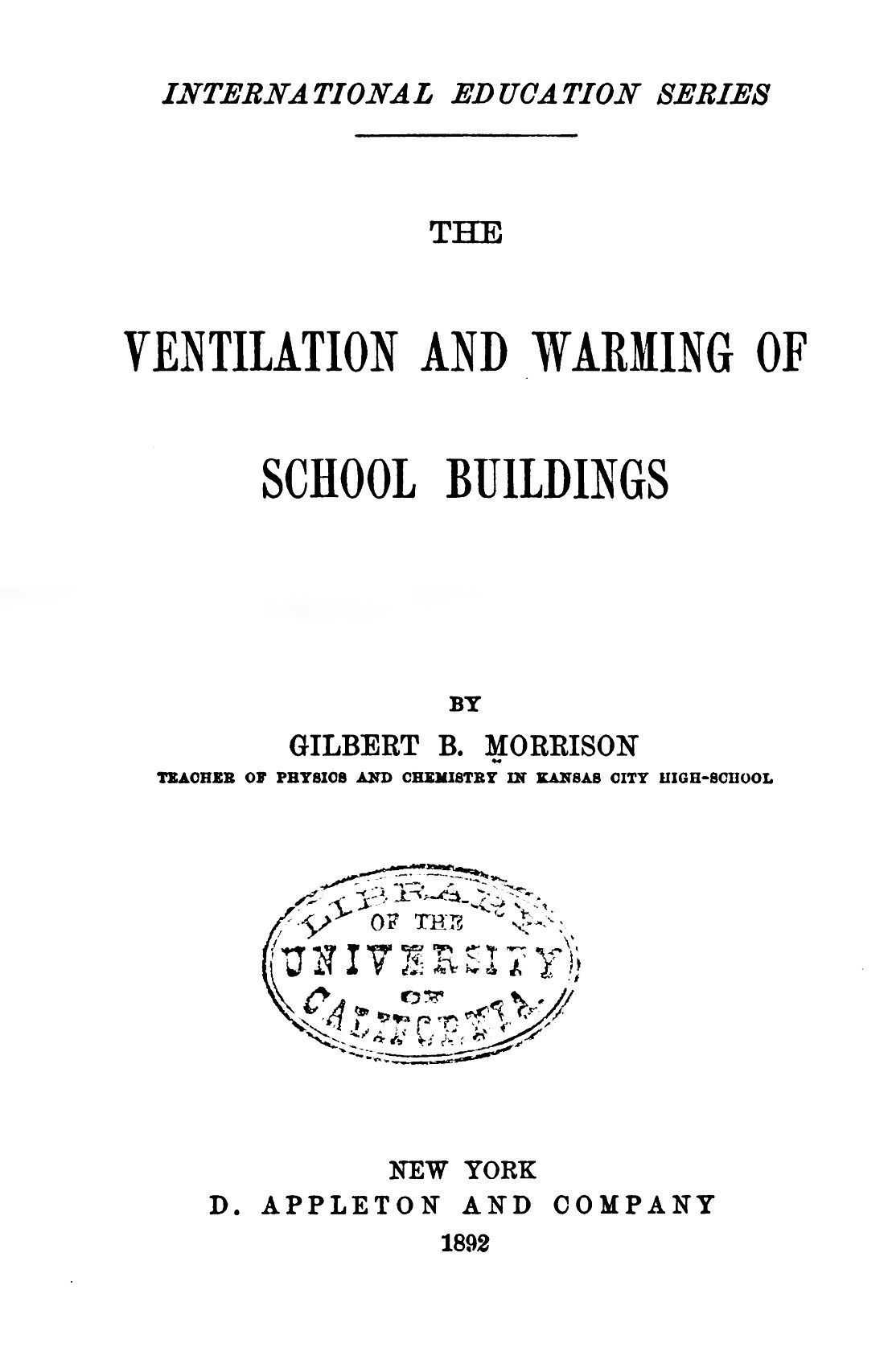
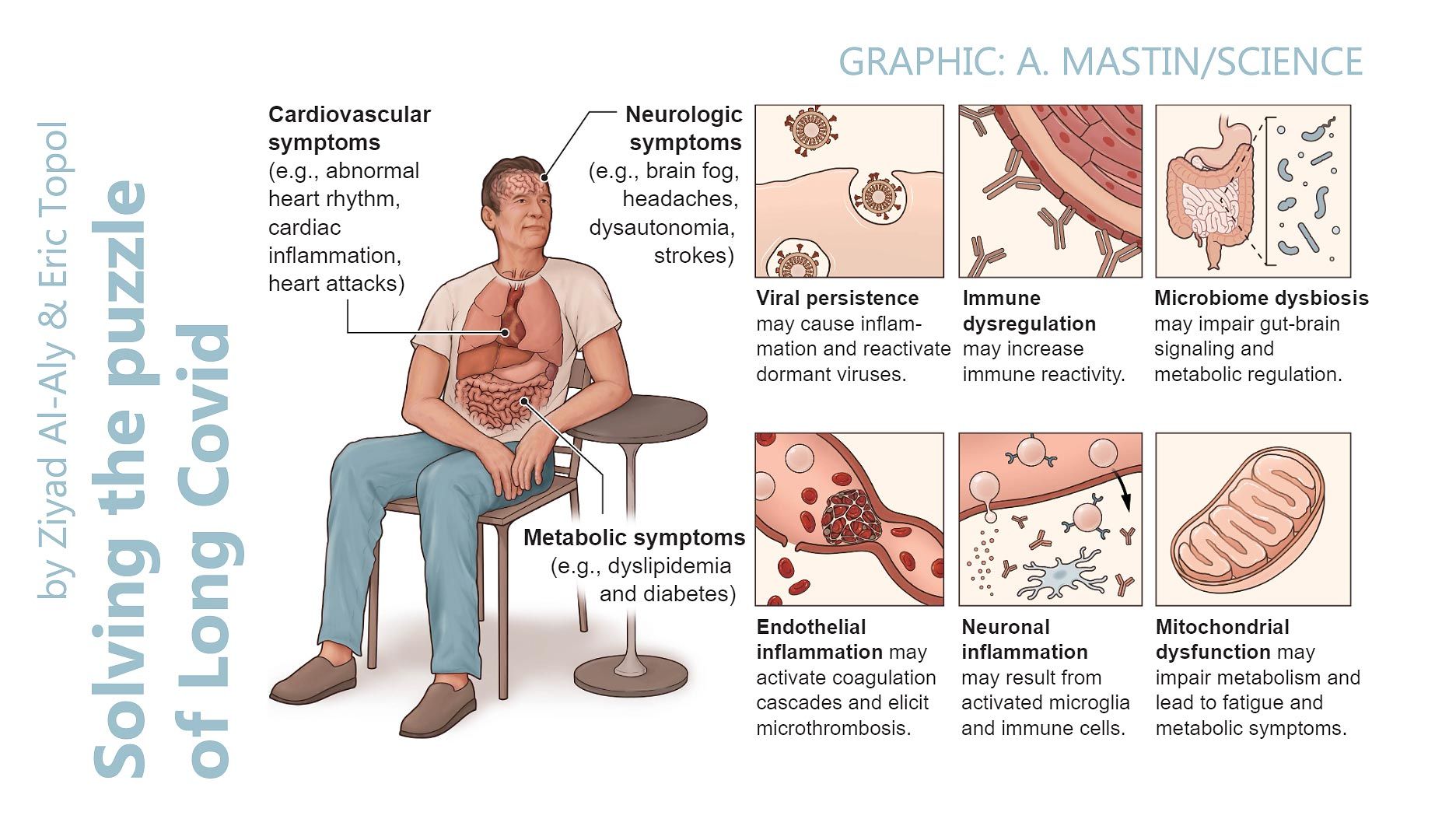





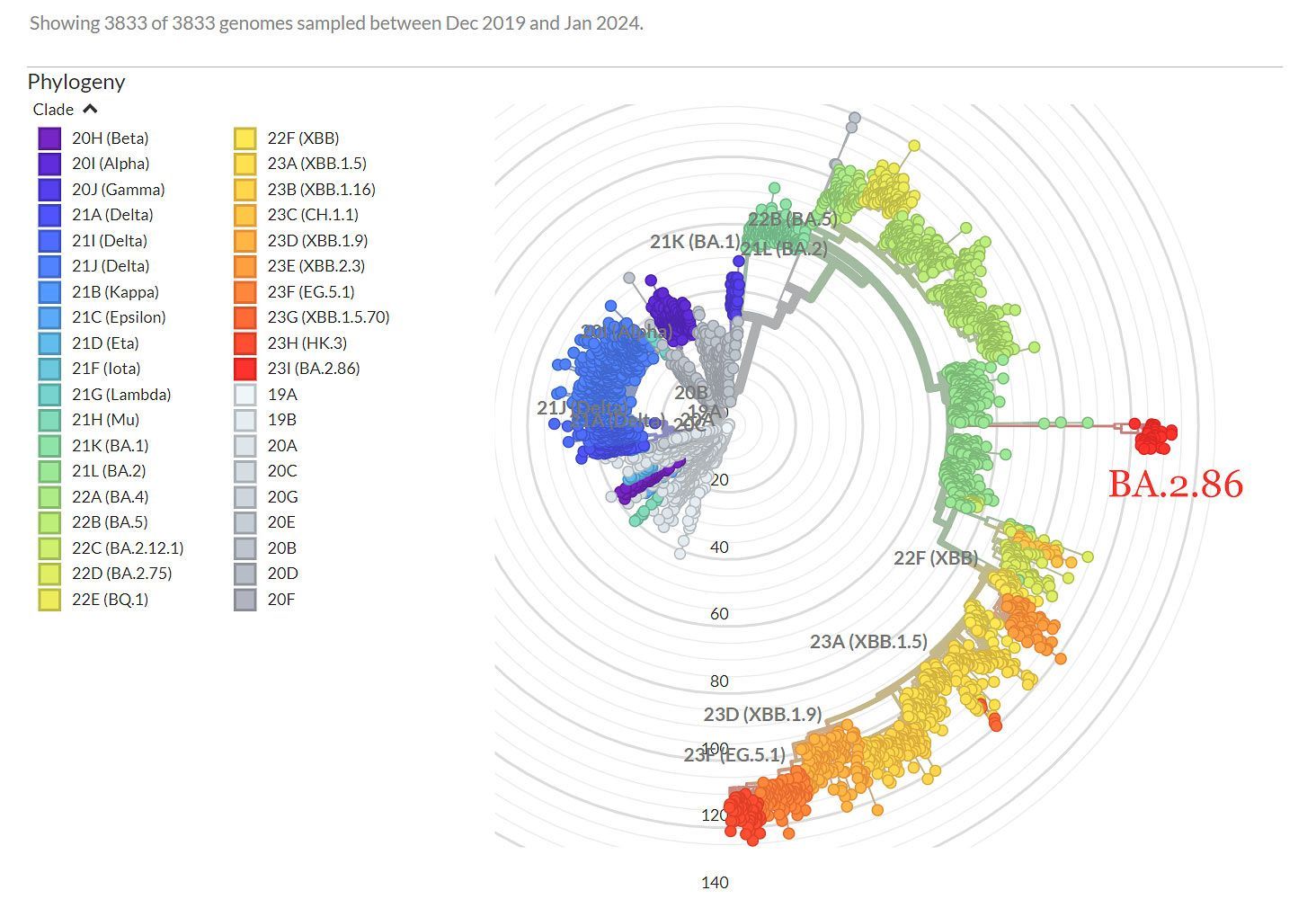

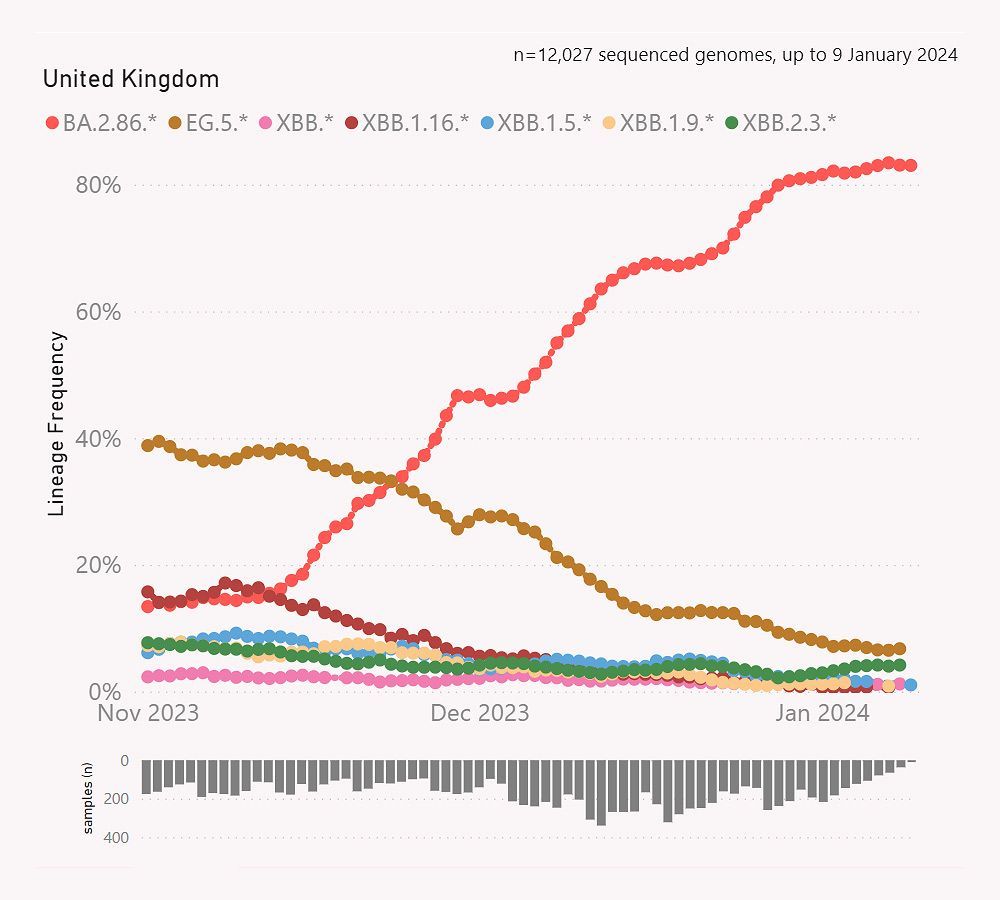












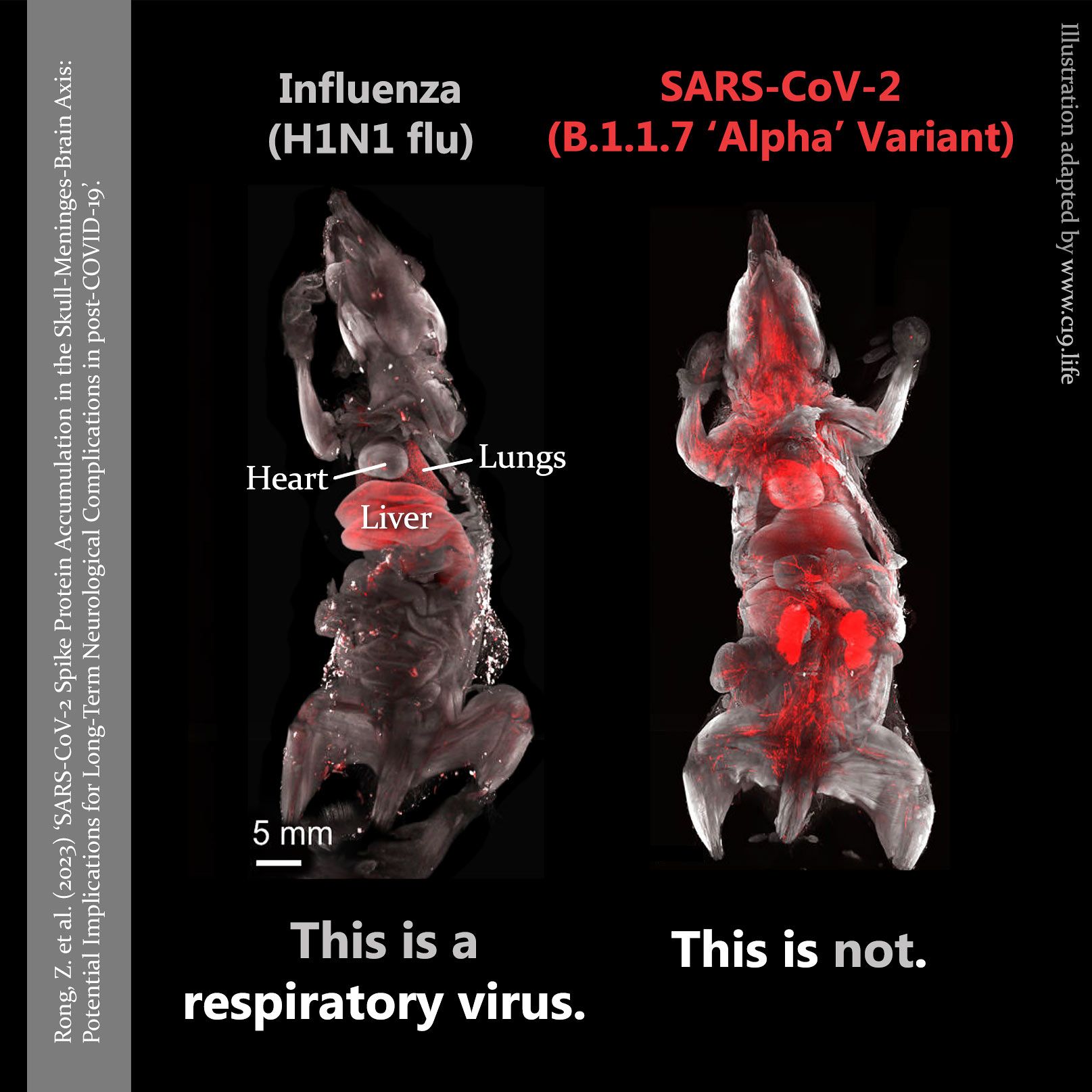









C-19: Archives
Useful search tags:
air filtration / babies & children / body / brain / C19.Life / cancer / comment / dementia / economy / elders / excess deaths / exercise / flu / heart / history / immunity / influenza / law / long covid / NHS / PEM / propaganda / reinfections / reproduction and pregnancy / resources / respirators / respiratory / schools / solutions / transmission / UVC / vaccines / variants / WHO / zoonosis








































C-19: Archives
❦ postscript
You are free to disagree with anything you read here, provided that you have an authentic, evidence-based argument for it.
❦ All content on this website is for informational and educational purposes only.
c19.life

